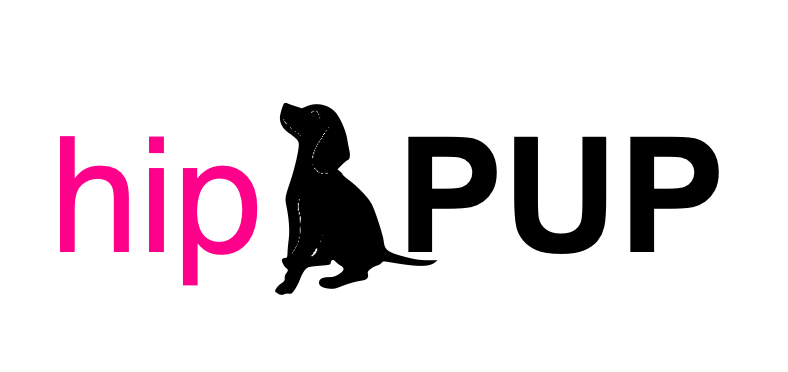With a slightly older pup, you will have the advantage that their body is capable of holding a larger volume of piddle and they will be capable of holding it longer. Of course, if you have not set up a good routine and they are still in the habit of just going wherever, then more care and attention will need to be taken until they are on track. This means less freedom, less time unattended and sticking to a more regular potty schedule. You need to go back to being more responsible for what your dog is up to during the day.
Are They Ready?
Your young dog needs to be doing well with the housetraining before you can expect them to be ready to indicate when they need to go out. Once they can stay inside for a couple of hours with no accidents and consistently go potty when you take them out, they are ready. If you need to be supervising them to prevent accidents, and they do not readily go potty when you take them out to their designated spot then they are not ready for this step.
Tips to Help Your Dog Learn to Ask
So how do you teach your dog to ask to go out? Here are a few points to keep in mind:
- If your dog is exiting the house to go out for potty through different doors, that is going to make it much harder for them to develop a recognizable pattern. For now, decide on your potty exit door and use that EVERY time you take them out for a break.
- When you do go out that door, focus on getting the business done rather than letting them play or engage in other activities outside. If you need to go back to leashed potty breaks for a bit, do it. This will make it much clearer. Reward well once they go. I would bring them in and then play or do something fun. This will make the concept of going out that door to potty and that’s it, really obvious. When the weather isn’t great it will also show them that as soon as they go they can return to the comfort of the home right away.

- Keep track of your dog and how long it’s been since their last break. It’s really important to notice if they are making their way towards the exit point. If they are, praise them well and take them out right away, telling them to go potty. Treat them after they have gone potty.
- Watch your dog carefully. Sometimes the signals they give can be subtle. Pacing, sniffing or scratching at something can all be indicators.
- Although we want to start to shift the responsibility to the dog, it is important to still be aware of when they last went out and what they have been up to. Eating, drinking or activity usually will require a break, so stay on top of that. If you think they should be ready for a break, but haven’t headed over to the exit on their own, start going in that direction. You don’t need to tell them to go potty just go that way and wait. It will hopefully put the idea in their head, “Oh yeah, I need to go!” and they will head over to the door. If they do, praise them, get them out and tell them to go potty. Treat them after they have gone potty.

Put It On Cue
You can also create some kind of specific signal when your dog is asking to go out. You can teach them to come and get you. Or having a bell at the exit point will allow your dog to clearly say it’s time to go, even if you are in another area. Let me know if you would like to learn how to teach either of these.
To recap, first you need to get your dog consistent with their housetraining. If they are still having accidents inside, then they are not clear on the difference between inside and outside yet and won’t be ready to ask to go out. Once they are consistently going outside, then you can begin helping them with a way to ask to go out.

